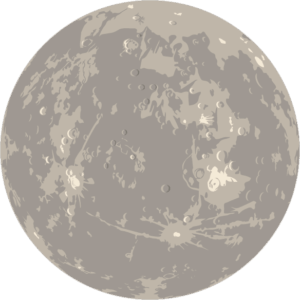The Downlink • Apr 03, 2020
A voyage to Mercury, and the latest in space policy
Space Snapshot
Europe and Japan's BepiColombo spacecraft took these images of Earth and the Moon in early March. The spacecraft will fly by Earth on 10 April as part of its long journey to Mercury. BepiColombo is the third mission to explore Mercury up close, and the first Mercury mission for both Europe and Japan.
You love space, now take action
This weekly newsletter is your toolkit to learn more about space, share information with your friends and family, and take direct action to support exploration. Anyone can subscribe at planetary.org/connect to receive it as a weekly email.
Mission Briefings
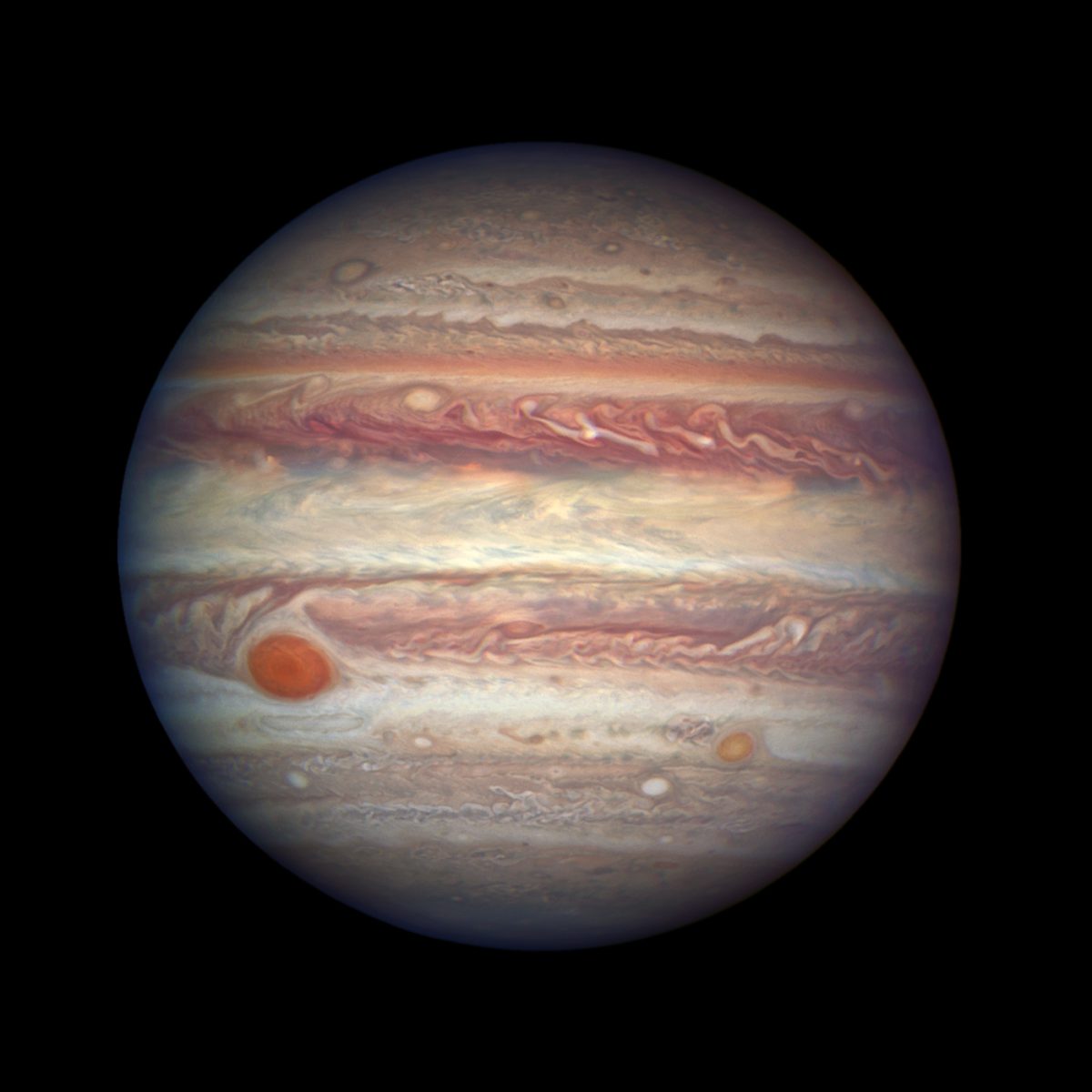

NASA kicked off a month-long celebration leading up to the Hubble Space Telescope’s 30th birthday. Hubble launched aboard Space Shuttle Discovery on 24 April 1990. One fun birthday feature allows you to view images that Hubble captured on your birthday. Pictured: An image of Jupiter taken by Hubble on this day, 3 April, in 2017.

Scientists published new findings about Uranus using data collected when NASA’s Voyager 2 spacecraft flew by the planet in 1986. For just 60 seconds of its 45-hour-long encounter, Voyager 2 appears to have flown through a plasmoid—a bubble inside of Uranus’s magnetic field. The findings have implications for how giant planets lose their atmospheres.

CHEOPS, the European Space Agency’s CHaracterising ExOPlanet Satellite, has completed its commissioning process and is now ready for science operations. CHEOPS, which launched in late 2019, will precisely measure the diameters of known exoplanets. Learn more about why and how we study exoplanets, and The Planetary Society’s exoplanets research.

NASA selected SpaceX as the first cargo delivery firm for the Gateway, a small space station the agency is planning in lunar orbit. SpaceX will build a larger version of its Dragon crew and cargo vehicle called the Dragon XL for the supply missions. Upon delivering supplies to the Gateway, Dragon XL would remain docked there for up to a year.
From The Planetary Society
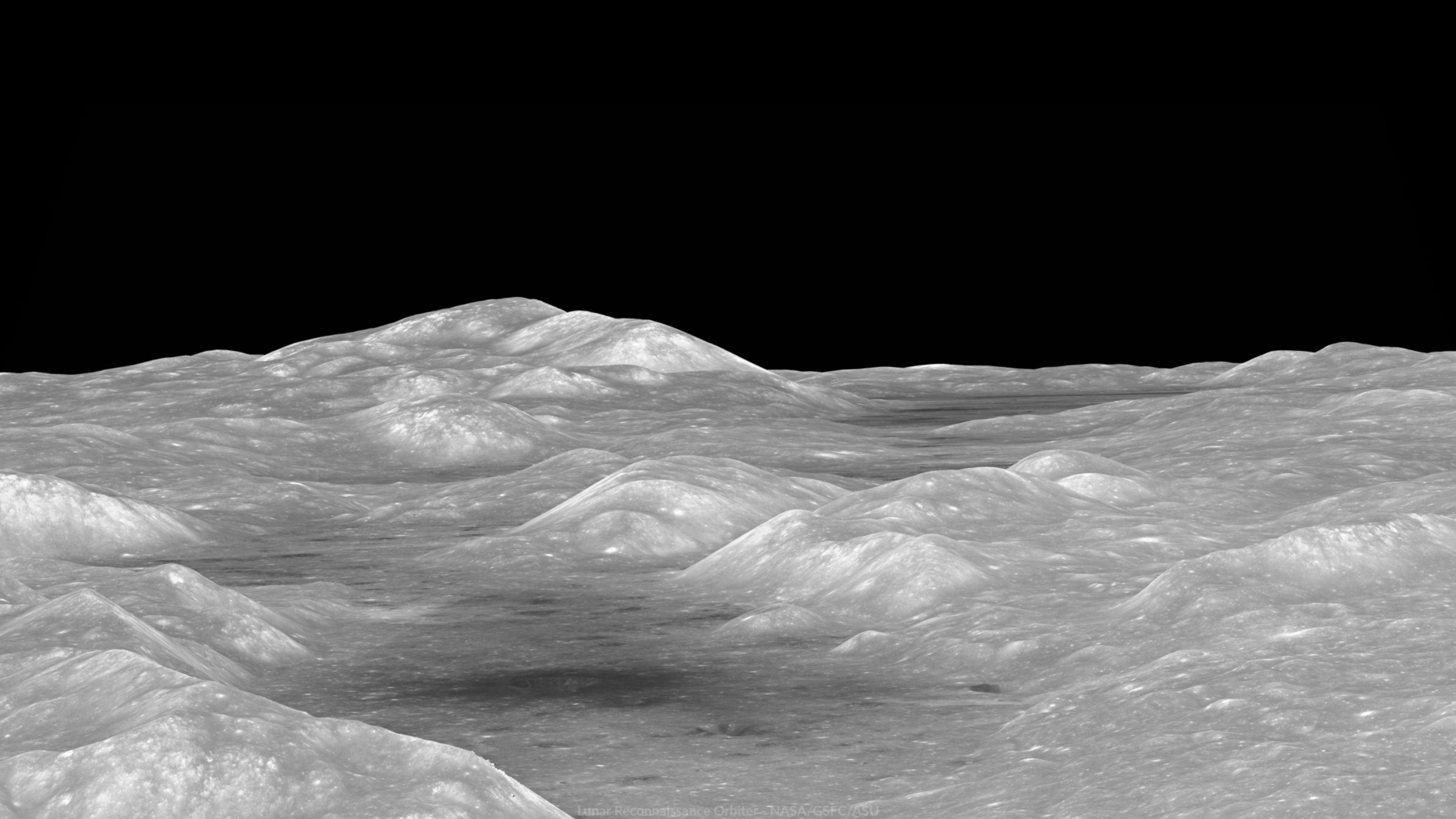

If you’re working from home now, you’re likely using video chats more than ever. Since some services like Zoom allow you to create virtual backgrounds, our Solar System Specialist Emily Lakdawalla has curated a collection of space images that you can use as backgrounds to help you show off your affinity for space.

Last week Planetary Society members were invited to a special space policy briefing telecon with Planetary Society CEO Bill Nye, Chief Advocate and Senior Space Policy Advisor Casey Dreier, Chief of Washington Operations Brendan Curry, and Planetary Radio host Mat Kaplan. You can watch the video recording of the telecon to hear their discussion and analysis of the latest space policy developments happening in Washington, D.C., and their answers to members’ questions.
Space at Home
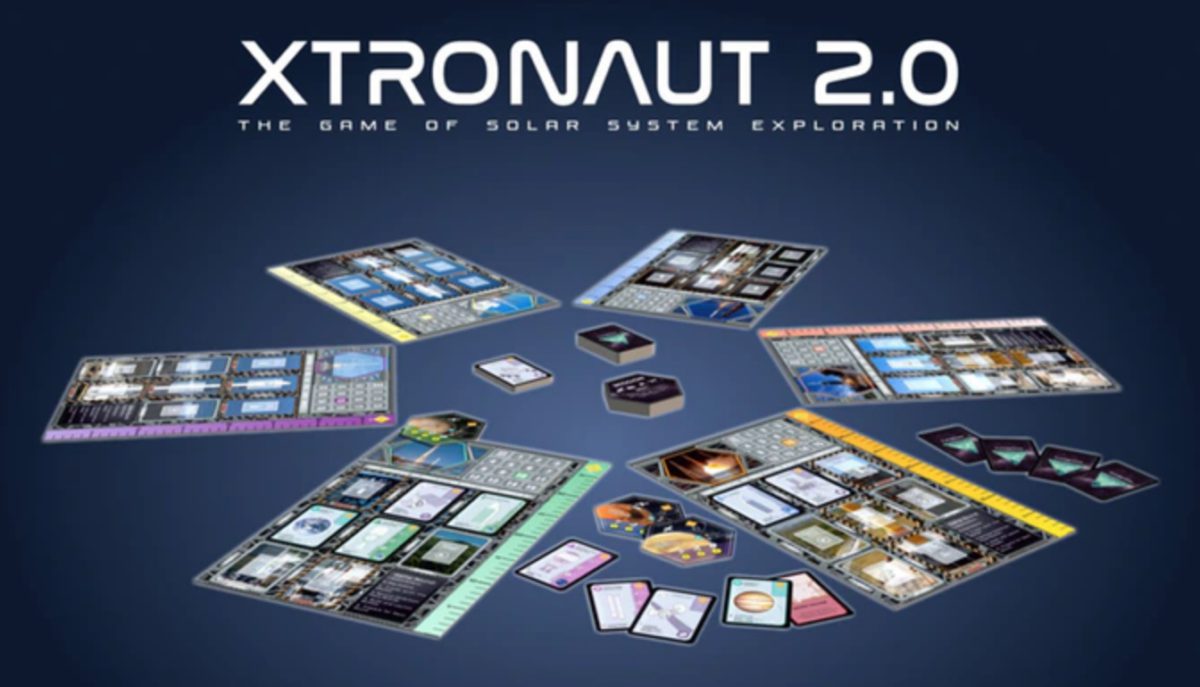
The Kickstarter campaign for the coolest new space board game, XTRONAUT 2.0, has been extended! Created by OSIRIS-REx principal investigator Dante Lauretta, this fun and educational game lets players plan space missions and explore the solar system. Backers now have until 10 April to contribute to launching this game and receive awesome new rewards.
What's Up
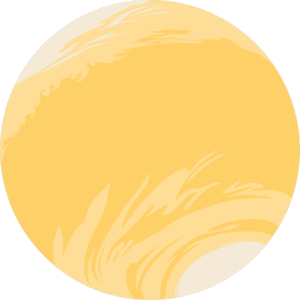
Venus continues to put on a spectacular show, shining brightly in the evening sky above the Moon. If you’re up early enough, you can also catch Jupiter, Mars, and Saturn in the pre-dawn sky.
Wow of the Week
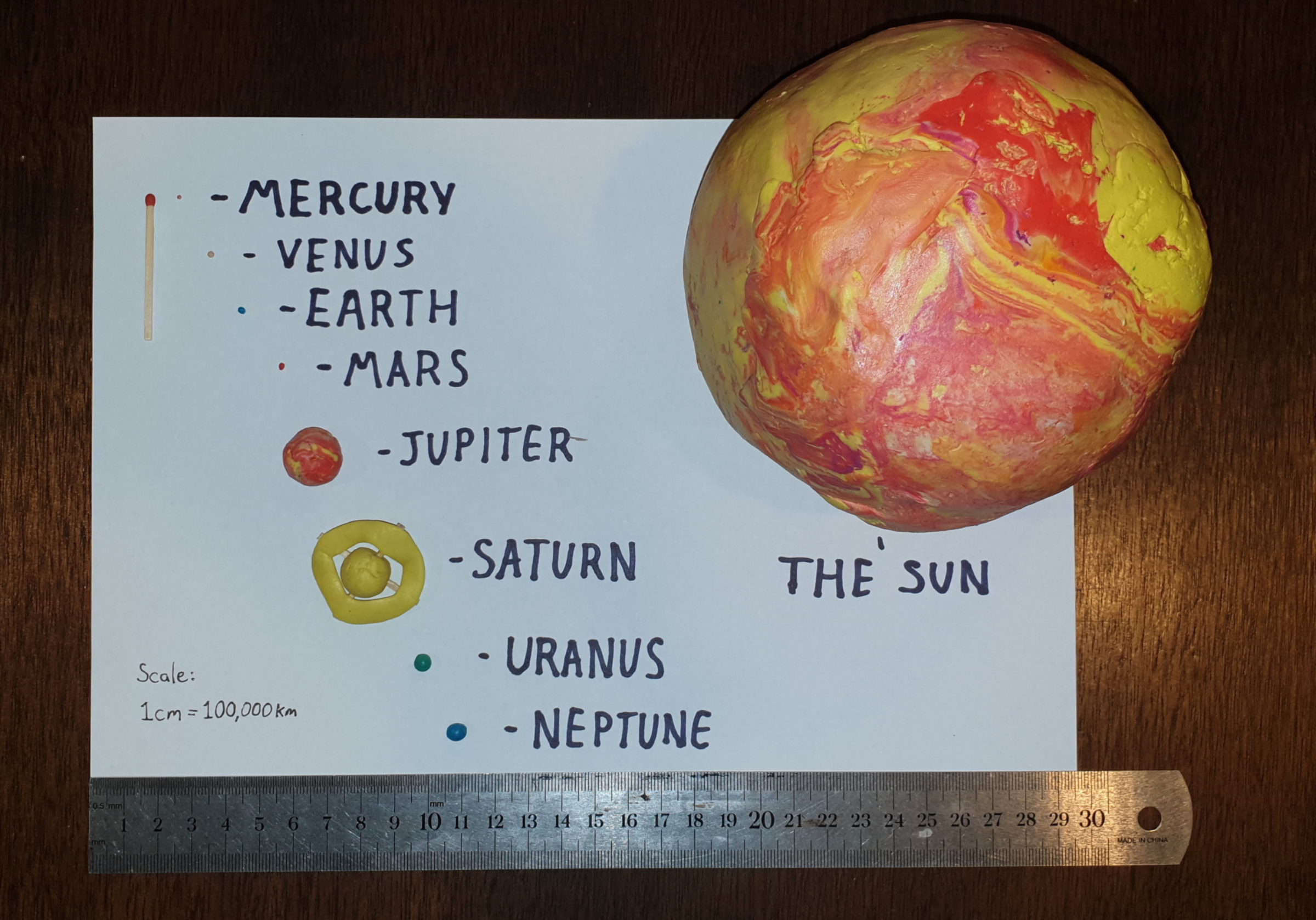
Planetary Society member David Haynes, of Canberra, Australia, sent us this suggestion for a fun and educational space activity for kids to try while schools are out. David created scale models of the planets in our solar system, at a scale of 1 cm to 100,000 km. You can add to this activity if you’re able to find a wide-open space like a country road, where you can lay the planets out at their relative distances from the Sun. At this scale, Neptune is 450 m from the Sun. David says: “Experiencing Earth in this context (not to mention the other star systems and galaxies) helps give a cosmic perspective to drive home how special our home world is—harbouring life in the immense void.”
Do you have a suggestion for the Wow of the Week? We’re looking for space-related art, music, gadgets, quotes, fashion, burning questions, sci-fi passages, or anything else that will make our readers go “Wow!” Send us your idea by replying to this email.


 Explore Worlds
Explore Worlds Find Life
Find Life Defend Earth
Defend Earth


